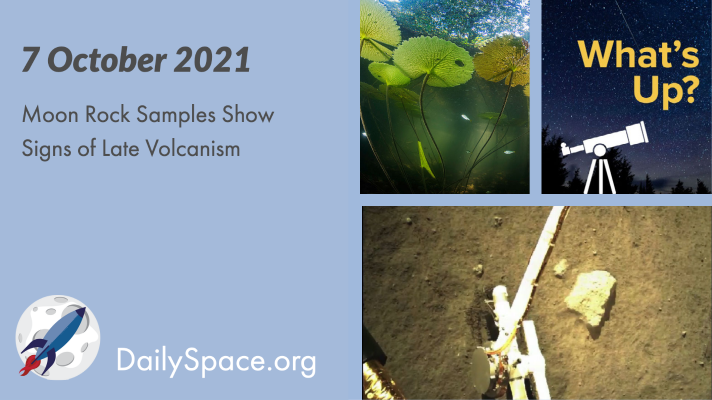
Oct 8, 2021 | Active Galaxies, Climate Change, Comets, Daily Space, Earth, Mercury, Moon, Sky Watching, Spacecraft, Stars
An analysis of the most recent sample taken from the Moon and returned by the Chang’e-5 mission shows that the basaltic rock is about two billion years old. This age implies a previously unknown heat source in the region. Plus, how plants and animals record climate change and this week’s What’s Up.
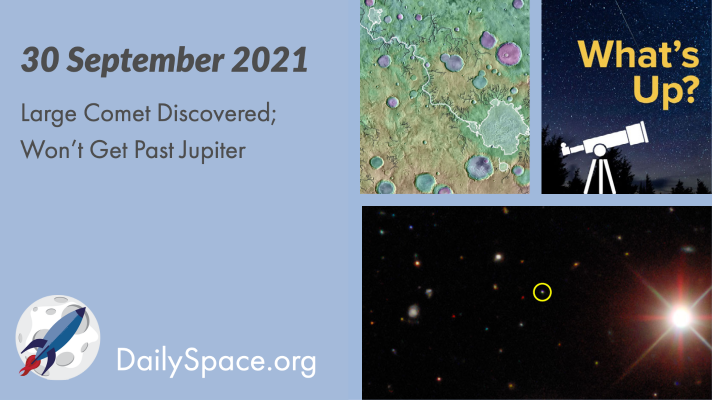
Oct 1, 2021 | Comets, Daily Space, ESA, Exoplanets, Jupiter, Mars, Moon, Sky Watching
Contrary to recent clickbait headlines, a recently discovered comet that likely originated in the Oort Cloud will not be coming near Earth. The closest point of the icy body’s orbit is between Saturn and Jupiter. Plus, how floods shaped Mars, how microbes helped clover grow, and this week’s What’s Up.
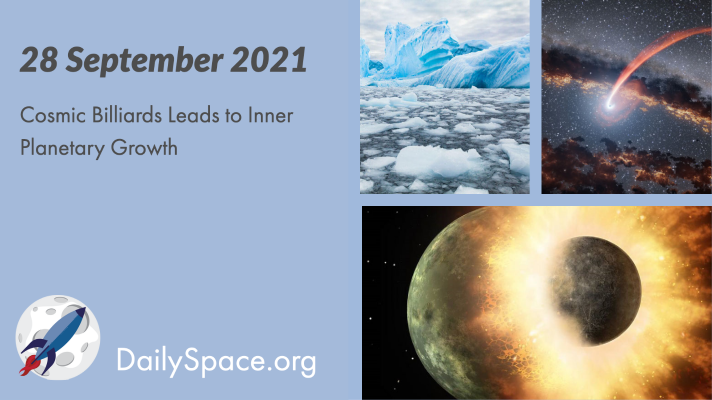
Sep 29, 2021 | Black Holes (Stellar), Climate Change, Daily Space, Earth, Mars, Mercury, Moon, Our Solar System, Stars, Venus
The inner solar system was a wild and wooly place as the planets were forming, and new research shows that the collisions that formed Earth and Venus were likely of the hit-and-run variety. Plus, polar ice loss warps the planet, and a black hole eats a star.

Sep 24, 2021 | Asteroids, Daily Space, Earth, Galaxies, Mars, Moon, Neptune, Observatories, Rovers, Sky Watching, Supernovae, Uranus
While searching for objects deep in the universe’s history, at about three billion years of age, researchers found six massive but “dead” galaxies in Hubble and ALMA data, a strange finding for a time period known for prolific star birth. Plus, planetary science from the EPSC2021 conference and this week’s What’s Up.
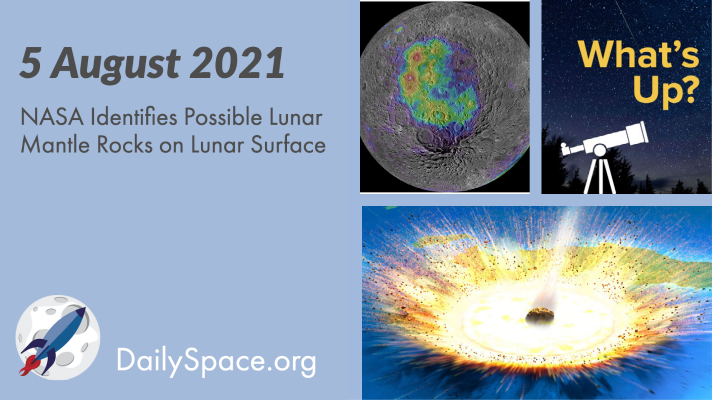
Aug 6, 2021 | Asteroids, Comets, Daily Space, Earth, Jupiter, Mercury, Moon, Sky Watching, Spacecraft, Stars, Supernovae, Venus, White Dwarfs
Two new studies have possibly identified regions on the Moon’s surface that could contain pieces of the lunar mantle, which would be possible sample targets for the Artemis mission. Plus, Venus gets a double flyby next week, and it’s all about asteroids and meteor showers in this week’s What’s Up.
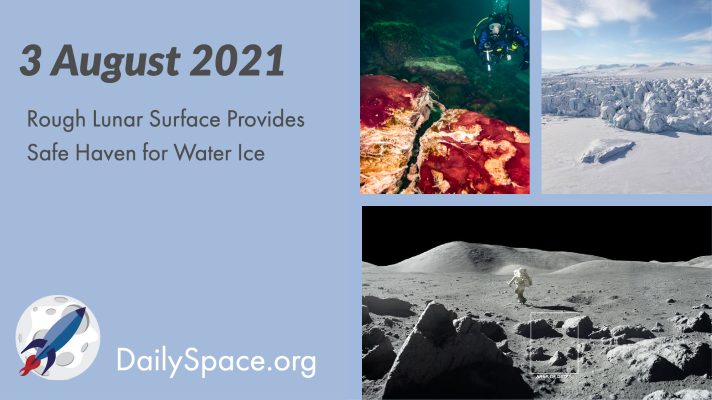
Aug 4, 2021 | Climate Change, Daily Space, Earth, Exoplanets, Moon, Observatories
Last year’s announcement that water ice had been found on the dayside of the Moon by the SOFIA observatory prompted scientists to understand just why that could work, and they found that the Moon’s rough surface creates frost pockets. Plus, all the climate change news over the millennia (Pamela’s back, everyone!).








 We record most shows live, on Twitch. Follow us today to get alerts when we go live.
We record most shows live, on Twitch. Follow us today to get alerts when we go live.